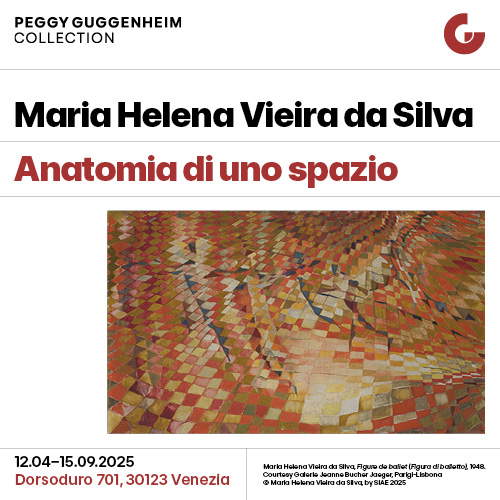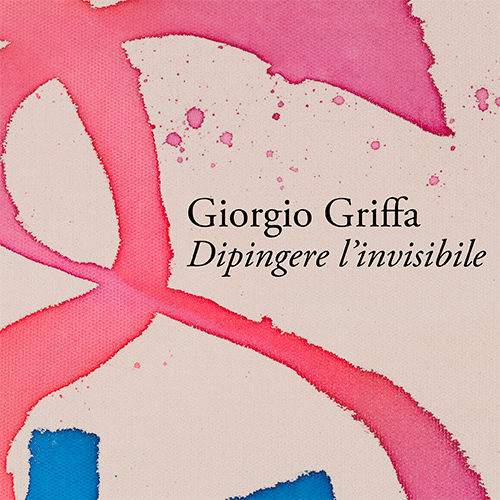
The Museo delle Sinopie in Pisa: journey into a unique heritage
The Museo delle Sinopie in Pisa holds a unique heritage, one of the rarest collections in the world: the sinopias, the preparatory drawings for the frescoes in the Monumental Cemetery. A journey inside the museum.
By Noemi Capoccia | 23/04/2025 18:57
There are stories that emerge through tragedy and images that surface only when the material covering them is forcefully ripped away. Such is the case with the sinopias of Pisa's Monumental Cemetery: works that were never meant to appear, and which today form one of the rarest and most fascinating collections in the world. Today's Museo delle Sinopie in Pisa is located in a building of great historical value: theancient Spedale della Misericordia, built in the second half of the 13th century to a design by architect Giovanni di Simone. The building itself is a testimony to the past, an example of Pisan Gothic architecture, with its round arches and sober lines. Restored after damage during World War II, it was chosen to house the sinopites from the Monumental Cemetery-a symbolic act of cultural and artistic rebirth after the devastation of the conflict.
But what makes the museum so important? Its object of study and display: the sinopites. The term refers to the preparatory drawings made by artists directly on the rough plaster of the wall (called "arriccio") before the actual fresco was applied. The pigment used was usually Sinope earth, a red clay from the Greek colony of the same name on the Black Sea, hence the name.
Sinopites represent the "reverse" of the fresco, the silent genesis of some of the most famous wall paintings in the history of Italian art. And the museum that preserves them tells, in addition to the birth of the pictorial image, a story of loss and recovery. Sinopias represent the first creative phase of the painting process: they are the moment when the artist gives shape to his vision, sketches figures, experiments with proportions, decides on compositions. They are the thought that becomes a sign. During the Middle Ages, painters rarely made drawings on paper or parchment: the materials were expensive, and the practice of designing on movable media was still limited. For this reason, sinopites today take on an inestimable value and present a direct glimpse into the artist's hand, his uncertainties, his insights. Normally, the traces were covered by the finest plaster, intonachino, on which frescoes were painted.
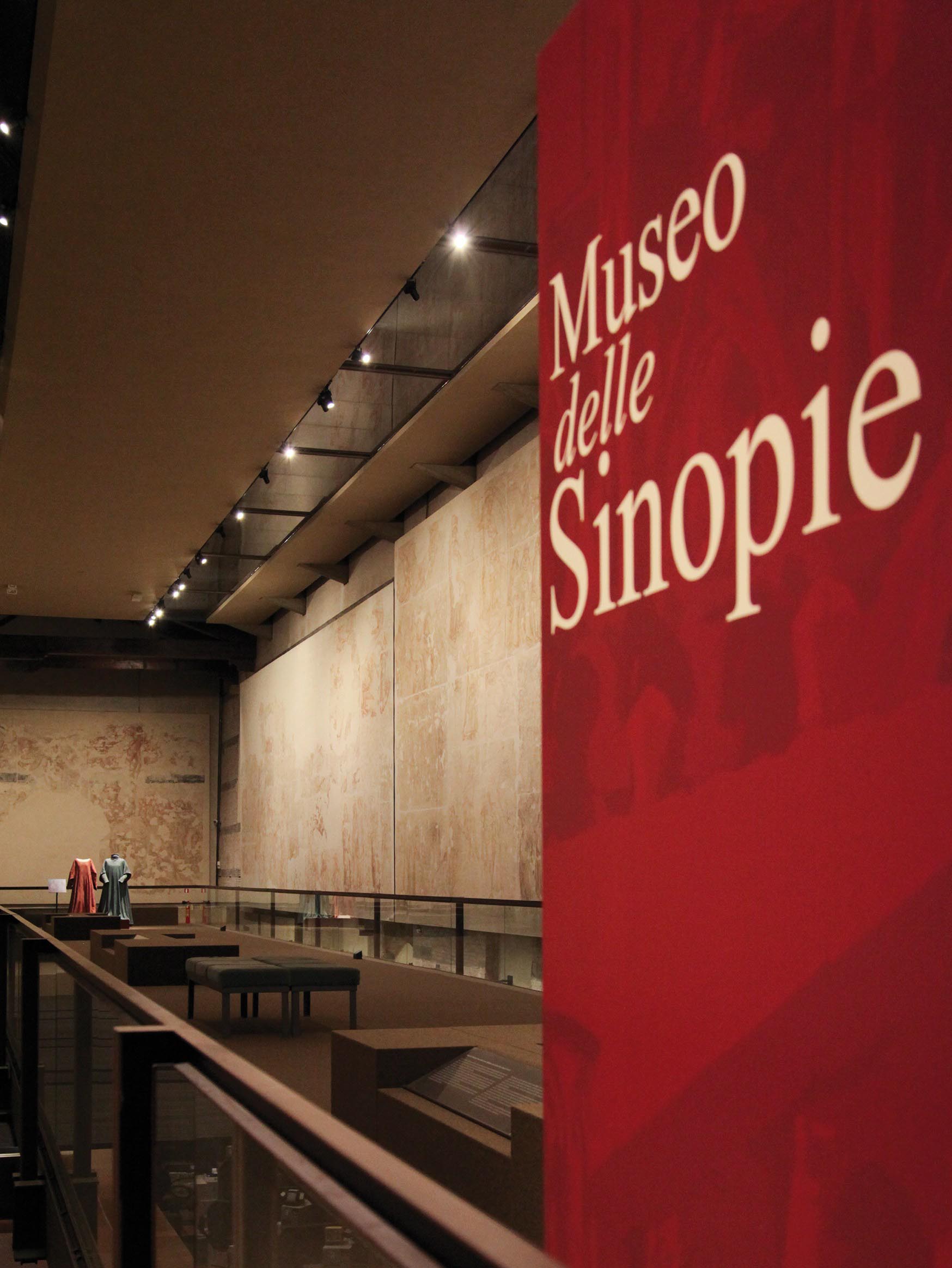
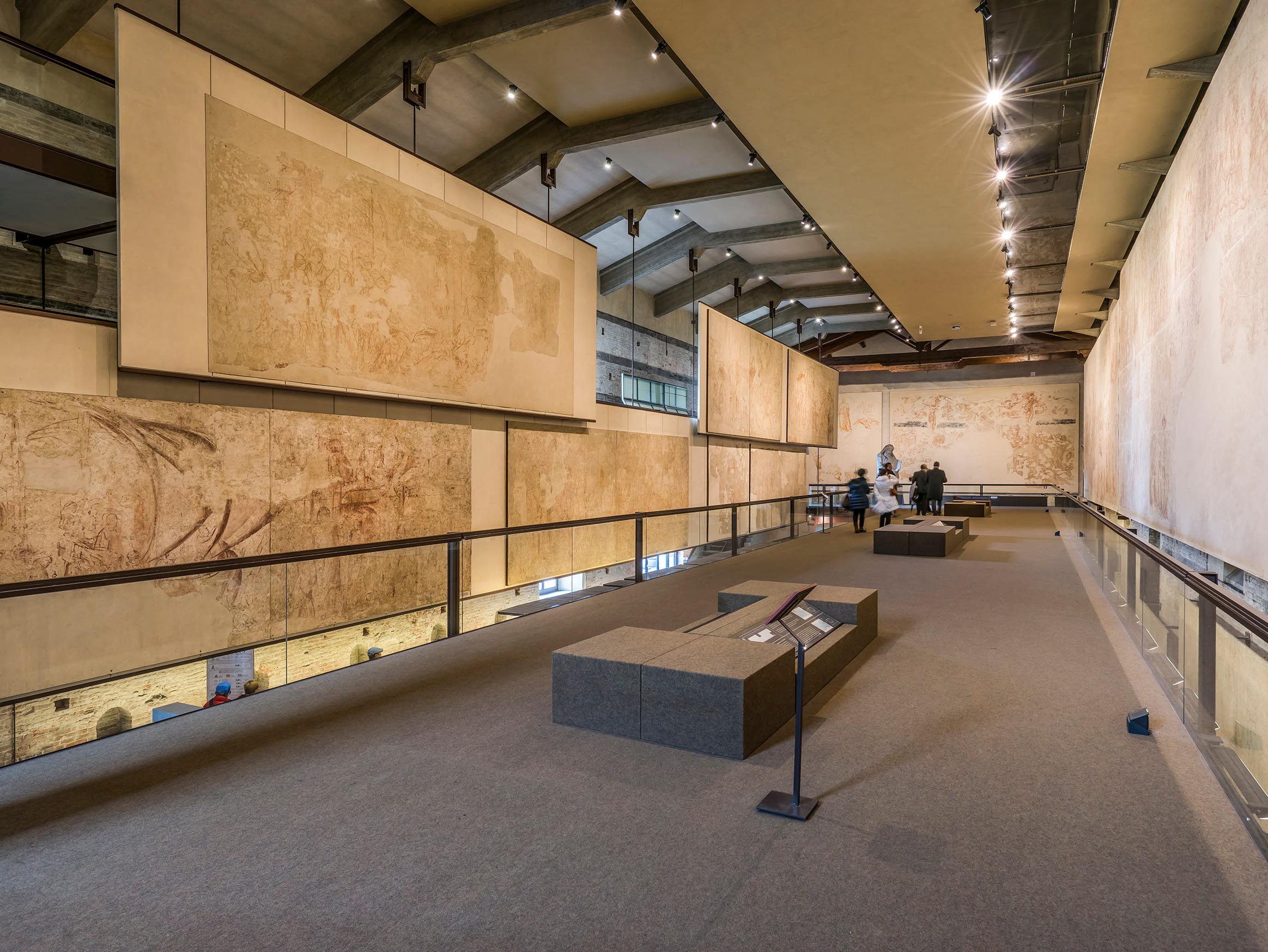
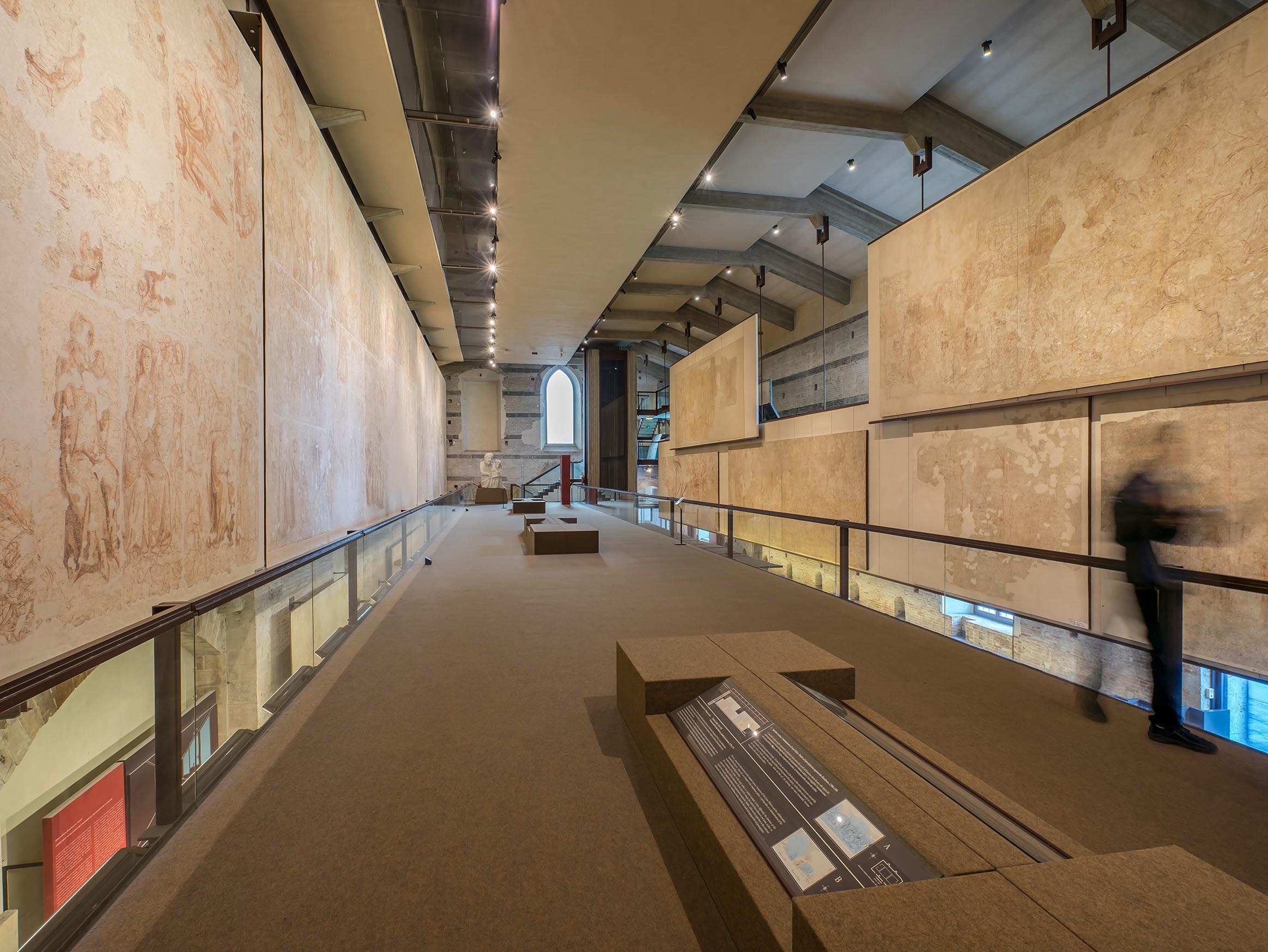
Once the work was completed, the sinopia remained forever hidden beneath the paints. This is precisely why their survival represents an unprecedented event: an open window into the artist's mind, into the genesis of the work. It was with this gesture that artists such as Bonamico Buffalmacco, author of the Triumph of Death, or Taddeo Gaddi and Pietro di Puccio da Orvieto, began to tell the stories of the Old and New Testaments on the walls of the Pisan Camposanto. It was precisely Pietro di Puccio who was the first to try his hand at the cycle of the Stories of the Old Testament, which would later be completed by Benozzo Gozzoli, a Renaissance master known for his narrative vivacity. That cycle today represents the most extensive example of 14th- and 15th-century graphic art known in the world. The Museo delle Sinopie thus houses the largest collection of medieval wall drawings in existence, direct evidence of the artists' creative act. The preparatory strokes, often made with immediate élan, allow us to capture the author's hand in all its spontaneity. In many cases it is possible to recognize different styles within the same pictorial cycle, even when the finished work appears stylistically homogeneous. This is the case, for example, with the Crucifixion attributed to Francesco Traini. The museum also preserves sinopites from later cycles dating from the late 14th and 15th centuries, including the Stories of Job by Taddeo Gaddi, the Stories of Saint Ranieri painted by Andrea Bonaiuti , and the Old Testament narratives frescoed by Benozzo Gozzoli.
But if the sinopites were originally intended to remain hidden beneath the pictorial layers, what brought them to light? It was a dramatic event that made them visible. During World War II, during the bombing of Pisa, a fire devastated a large part of the Camposanto. The flames, fueled by the heat of the explosion, also affected the historic frescoes. The only possible intervention to preserve the least compromised parts was to detach them using the technique of tearing, a method of removing only the most superficial layer of the fresco, just two or three millimeters thick. The operation proved effective: by 1948, architect Paolo Sanpaolesi could already confirm the success of the first interventions concerning the frescoes of the Triumph of Death, the Thebaid , and five particularly damaged scenes from Benozzo Gozzoli's cycle. Despite seasonal difficulties and different conditions of the frescoes, Sanpaolesi wrote, "they are perfectly successful." The very nature of the technique, which is less invasive than other, older methods such as peeling away large portions of the wall, made the discovery possible: the sinopites underlying the Camposanto frescoes.
The unexpected find has opened wide to scholars access to a hidden artistic heritage, thus presenting new interpretations on the creative processes of artists between the Middle Ages and the Renaissance. Until the mid-15th century, in fact, sinopia was the main method of pictorial design before it was gradually supplanted by the faster and more functional technique of spolvero. Using the same tear-off technique, the sinopites were also removed from the walls and saved from destruction. In 1979, they finally found a home in the museum dedicated to them, a place that allows us to read the artist's thoughts before they were transformed into final images.
Guarding the collection is a historic building that in turn tells a long and complex story. Probably built on the area of a pre-existing medieval hospital, the structure is known as the Spedale della Misericordia or, later, of Santa Chiara. It was designed by Giovanni di Simone, the architect who initiated work on the Cemetery itself. Built of brick between 1257 and 1286, it originally housed the Pellegrinaio degli Infermi, a vast rectangular room intended for the reception of the poor, pilgrims and the sick. The latter welcomed the sick, poor and pilgrims in transit to Pisa, providing assistance to anyone in need. By the 1970s, the building had ceased its hospital function, and was given a new lease of life through a restoration project aimed at transforming it into the museum building. The restoration work, conducted between 1975 and 1979 and designed by architects Gaetano Nencini and Giovanna Piancastelli, led to the inauguration of the Museo delle Sinopie di Pisa in the same year 1979.
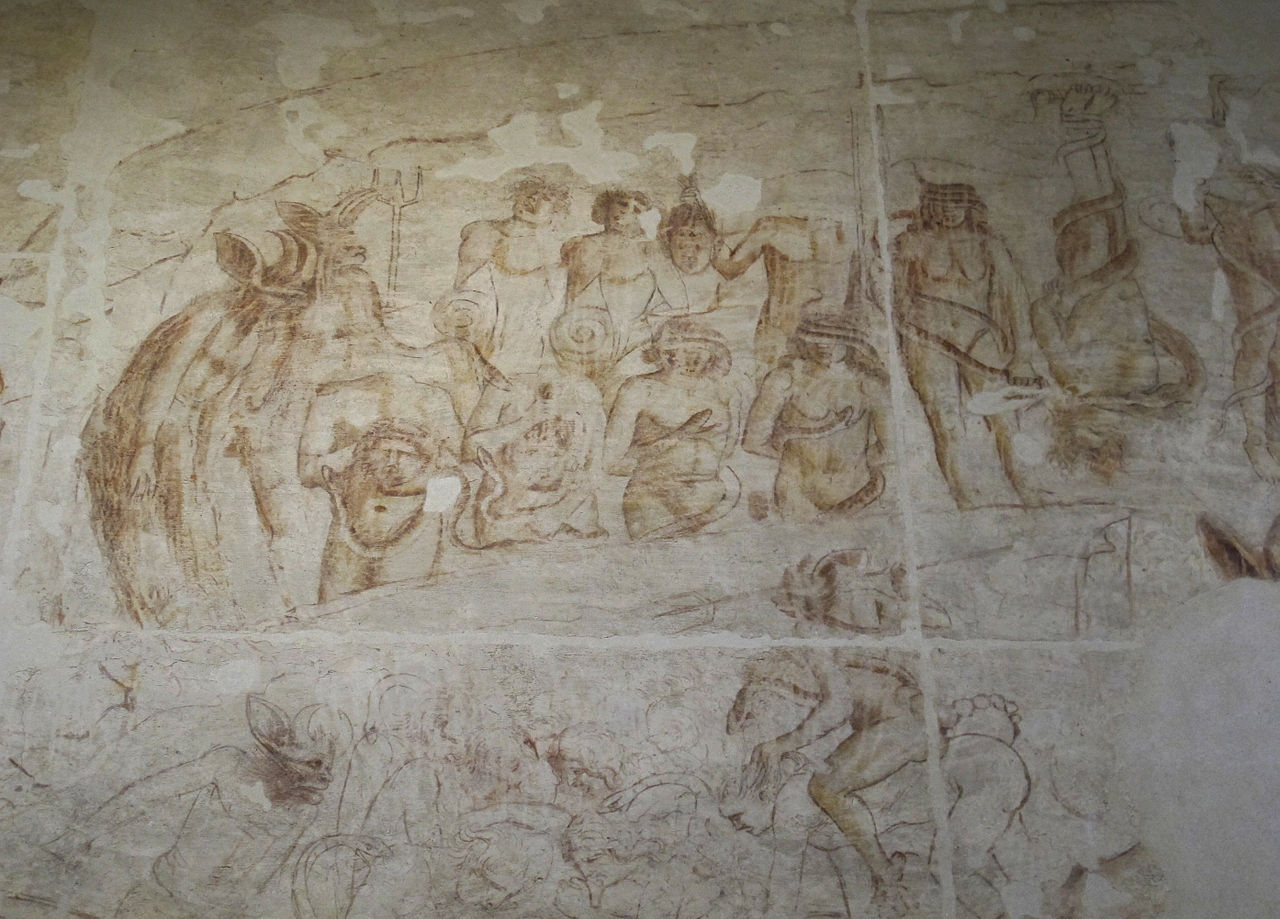
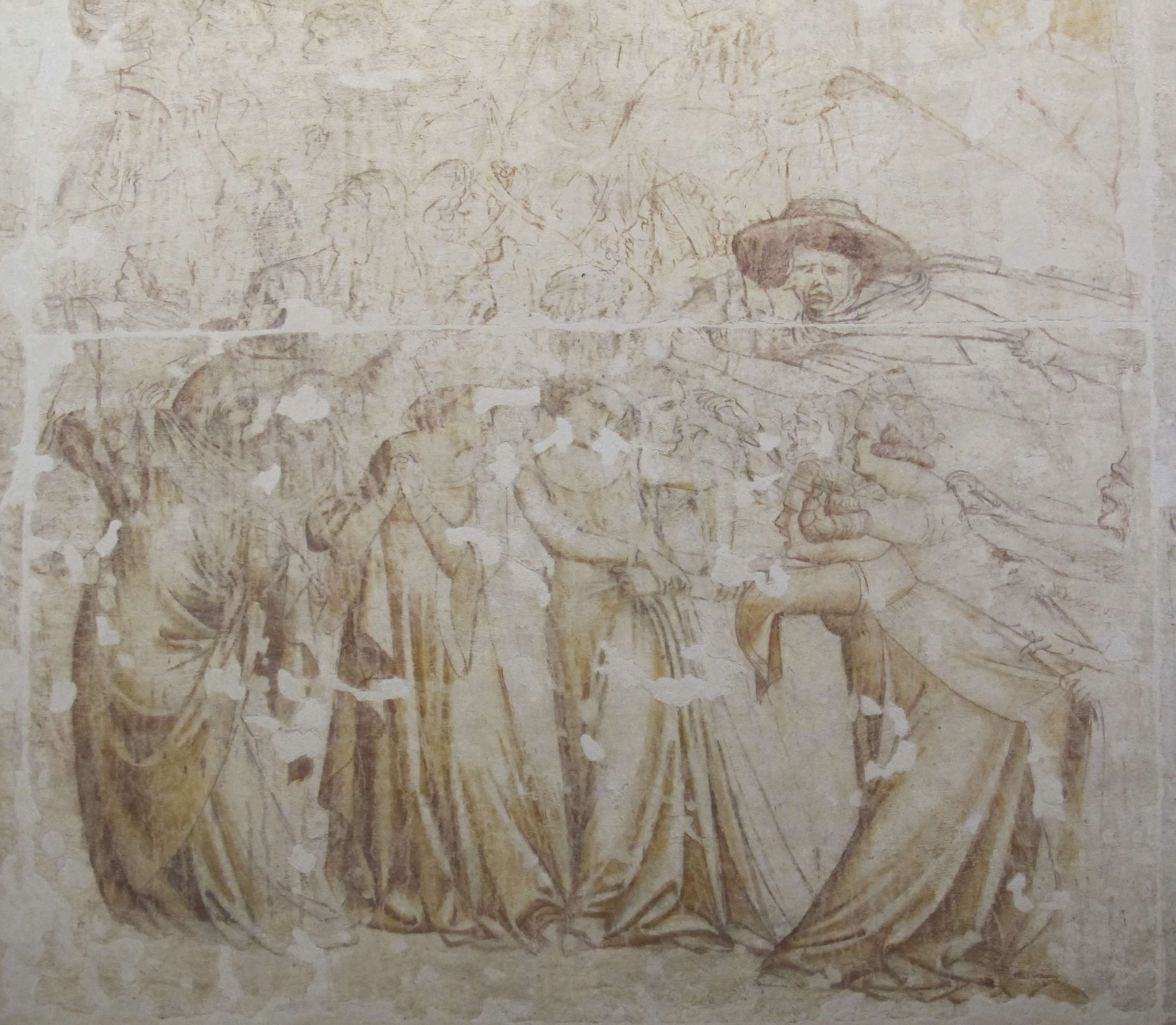
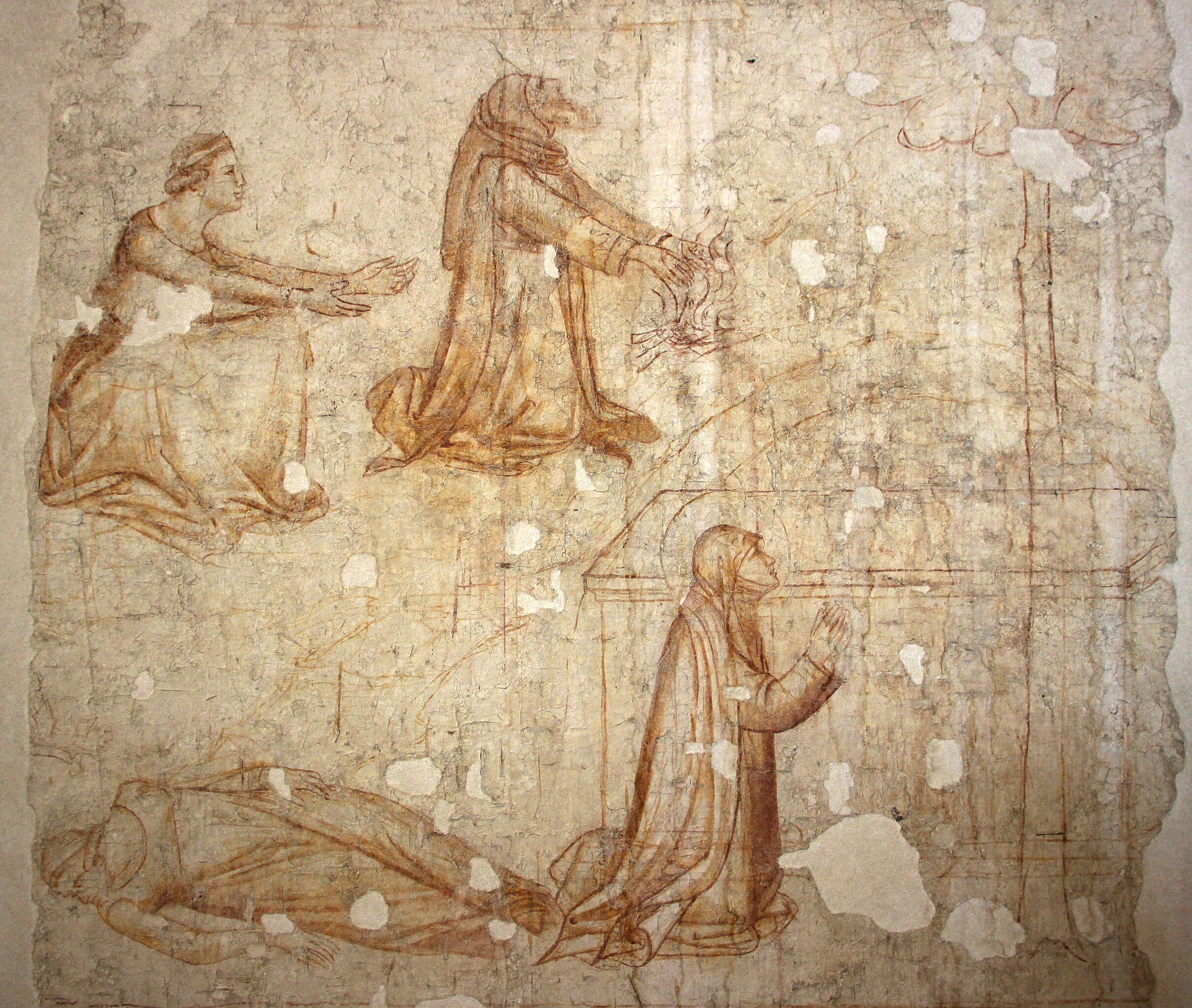
The museum's structure is distinguished by its wooden truss roof and interior decoration in bichrome faux marble, evidence of the sober elegance of medieval Pisan architecture. In 2005, a new museum layout and lighting designed by the Targetti company redefined its functions: today the sinopias museum integrates exhibition needs with spaces dedicated to information and communication, keeping intact the link between historical memory and contemporary enjoyment. After their discovery, the sinopias were gently removed from the damaged walls and transferred to new supports, with the aim of ensuring their preservation over time. The site, as art historian Luca Ciancabilla pointed out, represented "a page of considerable importance for the history of restoration and conservation of the ancient Italian pictorial heritage." It was, in fact, a true experimental laboratory, marking a turning point in extractist practice: for the first time, the intervention did not only concern the detachment of the frescoes, which were transferred to eternit supports, considered safer than the now outdated canvas, but also extended to the underlying sinopites. They too were subjected to the same conservation and analytical care, even to the point of being enhanced in museographic and exhibition terms. An entirely new approach "never during the three centuries that had marked the technical and historical evolution of the extractist practice," Ciancabilla writes again, "had an attempt been made to bring to light even the drawing underlying the mural painting. In Pisa, the bombing had not only caused a disaster that had been remedied through the capillary detachment of the paintings involved, but it had favored the discovery and therefore the consequent transport of the sinopites, causing those particular testimonies of ancient art to become, even in other Italian realities, the object of new and unbeaten artistic studies. The preparatory drawings, evidences of the artist's creative phase, thus began to arouse unprecedented interest, initiating new studies in other Italian realities as well. "That worksite," Ciancabilla continues, "would in fact mark forever the following decades by opening sharply and decisively to the most important and generalized campaign of removal of frescoes and sinopias that our country has known in its recent history; a phase that represented the culmination of confidence in that particular conservation technique."
Inside the museum, each sinopia is accompanied by explanatory panels that explain the historical and artistic context, allowing visitors to understand the importance of these drawings in the creation of the frescoes. Indeed, the sinopites also reveal their choices, second thoughts and design vision. Valuable testimonies, which return the creative gesture in its most immediate form.
